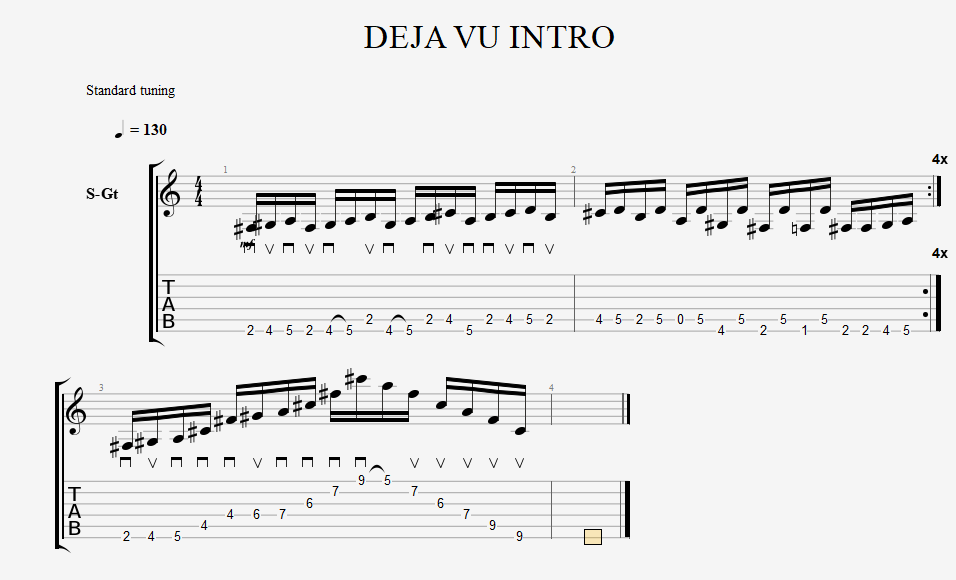I’m sure someone on here is familiar with this riff. In the video it looks like there may be a double down stroke economy to get to the A string at some point. A little hard to tell with the quality. But if it’s alternate picked, it seems to defy the typical Yngwie picking rules. Maybe for him it’s not fast enough to warrant economical picking motion.
How would you guys approach this one for RH?
Me personally, I find it better on my picking hand to move the 2nd fret on the A string to 7th fret E, and play the majority of the riff on the E string.
E - 2 4 5 2 4 5 7 4 5 7…
But that’s not as easy on the LH. Also, I wonder why in this video he starts the riff using fingers 1 2 and 3 but then switches to 3 and 4 on the A string…just to confuse people lol?










 Though the rest of the demonstration is a lot more interesting now!
Though the rest of the demonstration is a lot more interesting now!
